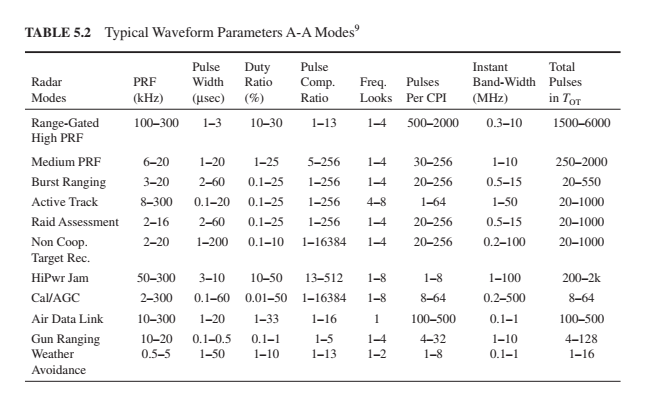AESA Radar
While the first 100 or so Rafales were fitted with the early Thales RBE2 radar, the most important sensor of the next generation Rafale will be the new Thales RBE2 AA active electronically scanned array (AESA) radar, which will replace the passive array of the RBE2.
Thales completed its first active phased array, comprising 1,000 gallium-arsenide Transmit/Receive modules, in 2006. In late April this year, the company said the RBE2 AA had successfully completed a new series of tests on Rafale, carried out jointly with the French DGA defense procurement agency, at the Cazaux flight-test center.
"This milestone marks the latest step toward qualifying the RBE2 AESA radars this year in readiness for delivery of the first two units to Dassault Aviation during the first quarter of 2010," Thales stated. "The radars will be installed on the aircraft in 2011 for delivery to the French Air Force early in 2012."
In operational terms, the RBE2 AA radar can track many targets in the radar field of view irrespective of the relative location between targets and/or the host aircraft. In addition, the radar provides a significant increase in detection range on enemy aircraft and a significant increase in reliability with respect to previous-generation radars.
Since the AESA radar antenna comprises a very large number of active modules, the failure of some of these modules has no noticeable effect on the overall performance and reliability of the system. Consequently, the active front end only requires maintenance every 10 years or more, thereby contributing to increased aircraft availability and reducing replacement part costs.
The RBE2 is a track while scan, monopulse-doppler X-band multimode fire-control radar system built around a modular concept. Air-to-air tracking and air-to-ground mapping functions can be interleaved due to the radar’s agile beam sweeping capabilities.
Fitted in the aircraft’s pointed nose, the RBE2 provides +/- 60 degree azimuth and elevation coverage and includes the SB-25A MkXII compatible IFF interrogator/transponder with Mode S capability. The IFF system uses phased array antennas just like the Spectra active electronic countermeasures (ECM) antennas.
The present radar air-to-air modes include long-range search; multi target track and engagement; air combat modes; Non-Cooperative Target Recognition (NCTR); and look down/shoot down functions. In air-to-air mode,
the RBE2 gives a tracking range beyond 60 nautical miles against a 30-square-foot target, with detection ranges up to 75 nautical miles. The radar can track and prioritize up to 40 targets simultaneously and engage up to eight with Mica, and soon Meteor, air-to-air missiles.
The RBE2 air-to-ground modes include: Doppler Beam Sharpening (DBS) mapping; SAR mapping; Fixed Target Track (FTT); Sea Surface Search and Track While Scan; Ground Moving Target Identification and Track (GMTI/T); target acquisition and air-to-ground ranging. Terrain following and avoidance modes can be combined to generate 3-D radar maps, thus enabling full automatic terrain following flights using the radar only.
The Rafale also can rely on several other sensors:
- Front-Sector Optronics (or OSF for optronique secteur frontal) system, developed by Thales (for TV) and Sagem (IR). Integrated over the aircraft’s nose in the form of a double ball, it can operate in the optronic wavelengths and provide long-distance tracking in the full passive mode. It is immune to radar jamming and provides covert long-range detection and identification, high resolution angular tracking and laser range-finding for air, sea and ground targets.
- Spectra EW system, developed by Thales and MBDA, provides a multi-spectral threat warning capability against hostile radars, missiles and lasers. According to test pilots who have flown the Rafale, the EW system provides the aircraft with the highest survivability assets against airborne and ground threats to date. It also provides passive, 360-degree tactical situation awareness.
Considered a fully automatic self-protection system, Spectra provides passive, all-weather reliable, long-range detection, identification and geographical location of threats in the infrared, electromagnectic and electro-optical ranges. It uses short response times and cutting-edge defensive measures based on a combination of jamming, decoying and evasive maneuvers and technologies, such as Digital Radio Frequency Memory (DRFM) for signal processing.
The efficiency of Spectra notably was demonstrated in 2008 at the Red Flag exercise at Nellis Air Force Base, Nevada, where during all sorties the Rafale escaped SAM missile threats. This followed a successful demonstration at the NATO MACE electronic warfare campaign in Europe.
The angular localization performance of Spectra makes it possible to precisely discover ground threats and to target them for immediate destruction with precision-guided munitions. In this totally passive mode, Spectra is also used as a general awareness and intelligence reporting system.
Instrumental in the Spectra’s performance is a threat library that can be defined, integrated and updated on short notice by users in their own country, allowing agile and continuous enhancement of the aircraft’s protection as operations unfold. Being of modular design, the system is controlled by a dedicated computer with three processors.
- Real-time NATO Link 16 tactical data link, allowing encrypted communication with other aircraft as well as with fixed and mobile command and control centers, while providing a source for tactical data onboard.
- Thales IFF system yields information on any platform in the battlespace.

rafalenews.blogspot.com

